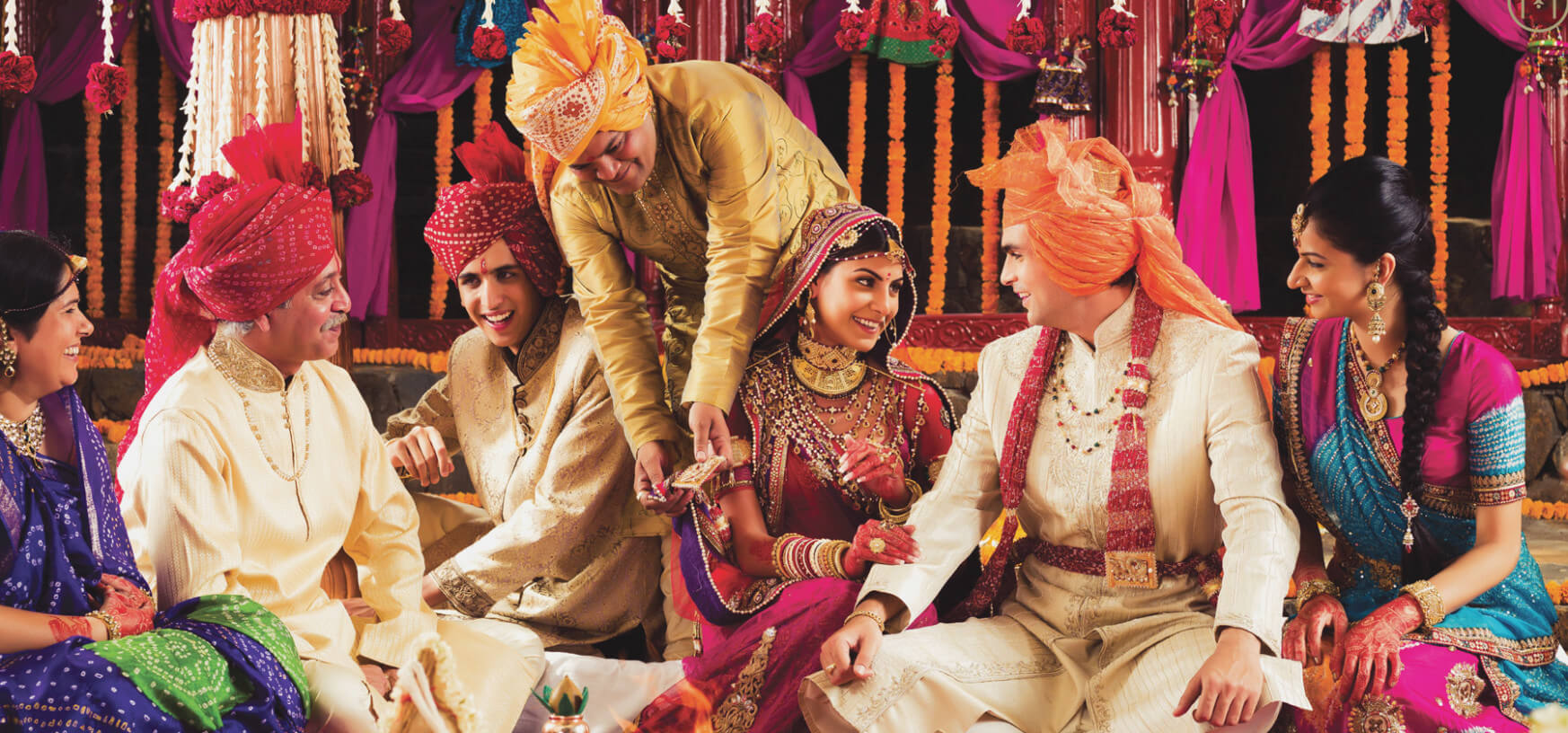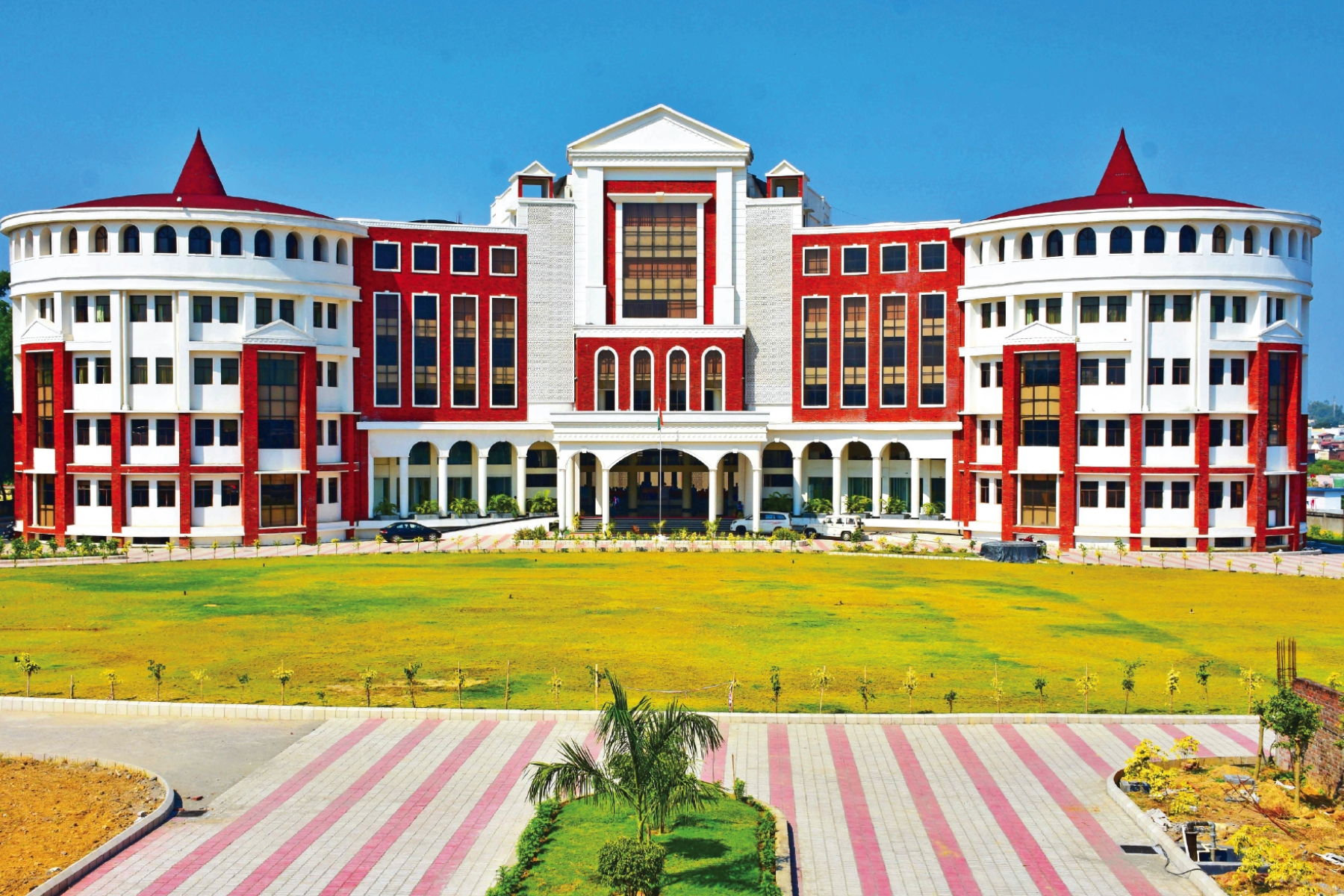-by Shristhi Singh Parihar [BA(JMC) II]
A Rajasthani Rajput wedding is not just the union of two people. It is a majestic celebration of culture, courage, and cherished customs. These weddings go far beyond rituals. They are a proud reflection of the Rajput heritage, where every moment is filled with elegance, devotion, and the timeless spirit of royalty.
The Royal Saga:
The Rajputs, known for their bravery, loyalty, and deep respect for tradition, bring all of these values to life in their wedding ceremonies. From the very beginning, the air is filled with excitement and joy. Preparations start days in advance, with every member of the family contributing to the grand affair. The celebrations begin with traditional rituals like Ganesh Puja, which is performed to seek the blessings of Lord Ganesha, the remover of obstacles. This is followed by the Haldi ceremony, where turmeric paste is applied to the bride and groom to bless them with good fortune and glowing skin.
The Mehfil is another beautiful part of the pre-wedding celebrations. It is an evening filled with music, dance, and laughter. Folk songs such as Ghoomar and Maand echo through the courtyards, and traditional instruments like dhols and nagadas set the rhythm. Women dressed in vibrant Rajputi poshaks, adorned with heavy jewelry, swirl gracefully as they perform traditional dances. The men, dressed in regal attire with turbans and swords, add to the royal atmosphere. These swords are not just decorative items. They are symbols of pride, valor, and a reminder of the warrior roots of the Rajput community.
One of the most awaited parts of a Rajput wedding is the Baraat. The groom arrives in a royal procession, often on a beautifully decorated horse or elephant. He carries a sword and wears a turban, also known as a safa, which is tied by an elder male member of the family. This moment is highly significant, as it symbolizes the passing of blessings, values, and responsibilities from one generation to another. The entire family joins in the celebration, dancing joyfully as music fills the air. The energy is contagious and the happiness shared is heartfelt.
The actual wedding ceremony takes place under a grand mandap, which is often set up in a palace or haveli to reflect the rich heritage of the Rajputs. The bride, in her intricately designed lehenga and royal jewelry, looks like a queen. As the couple takes the seven sacred rounds around the holy fire, they make promises of love, loyalty, strength, and togetherness. Each round holds a deep spiritual meaning and connects the couple not just for this life but for seven lifetimes according to Hindu beliefs.
Once the wedding rituals are complete, the most emotional moment arrives. The Bidai ceremony marks the bride’s farewell to her family. It is a time filled with blessings, tears, and heartfelt emotions. The bride leaves her childhood home to begin a new journey with her husband, carrying with her the love and values she has grown up with.
A Rajasthani Rajput wedding is a blend of royalty and tradition, celebration and spirituality. It is not about just one day. It is about a series of moments that create a memory of a lifetime. The grandeur never overshadows the deep-rooted respect for customs. Every step of the wedding process is done with sincerity, honor, and a deep sense of pride in one’s roots.
In every way, a Rajput wedding is a grand affair. But more importantly, it is a beautiful reminder of the importance of family, tradition, love









